Hair Transplant FUE, FUT & Hybrid
A hair transplant involves transferring healthy hair follicles from a donor area on your scalp to thinning or bald spots, promoting natural hair growth. This procedure restores hair density and improves the overall appearance of bald areas.
Dr. Amin Alam, a trusted plastic surgeon in Lahore, stands out for his expertise and dedication to providing the best possible results, ensuring natural outcomes and minimal scarring.
Natural Hair Growth
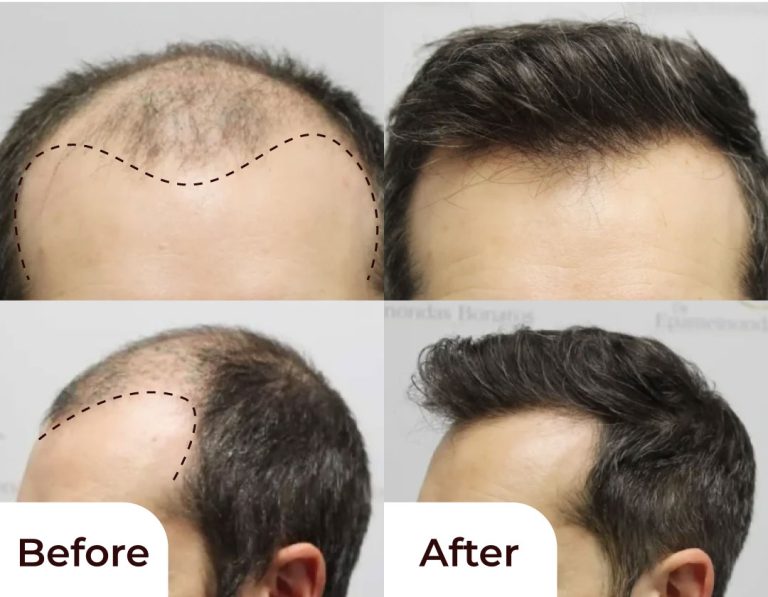
Your Path to Natural Hair Restoration..
Hair transplants aren’t just for men—women experiencing thinning hair or patchy hairlines can also benefit from this life-changing procedure. Modern hair restoration techniques can naturally restore hair to areas affected by male pattern baldness, female hair thinning, receding hairlines, bald spots, thinning crowns, and facial hair loss. Using state-of-the-art methods like FUE, FUT, Hybrid, and DHI, Dr. Amin Alam tailors solutions to your unique needs, helping you regain a fuller, more natural appearance.
to Perfection in Hair Restoration enables, Dr. Amin Alam
to achieve natural, beautiful results with minimal scarring and patient discomfort.
Hair Loss Conditions treatable with Hair Transplant
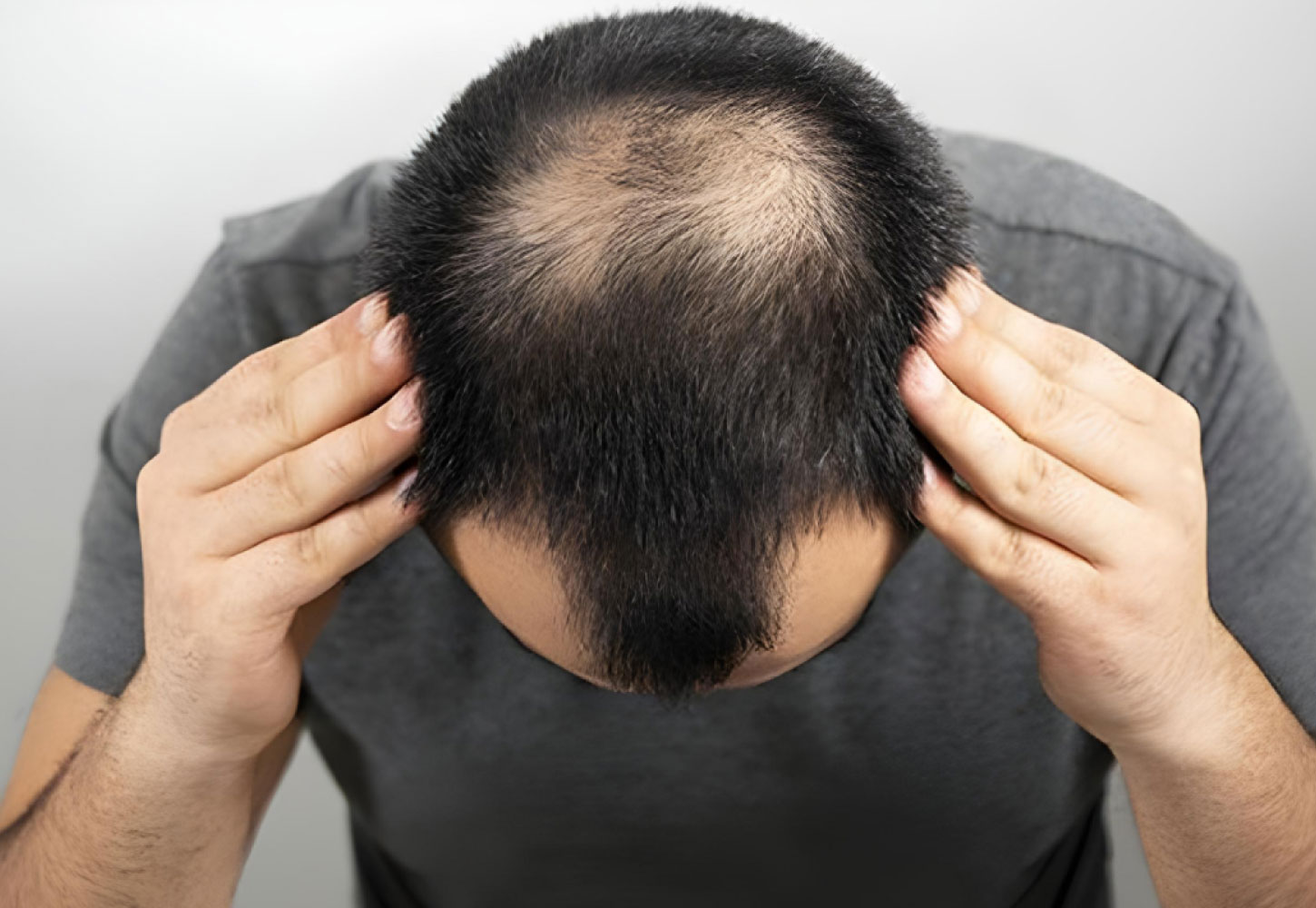
Male Pattern Baldness
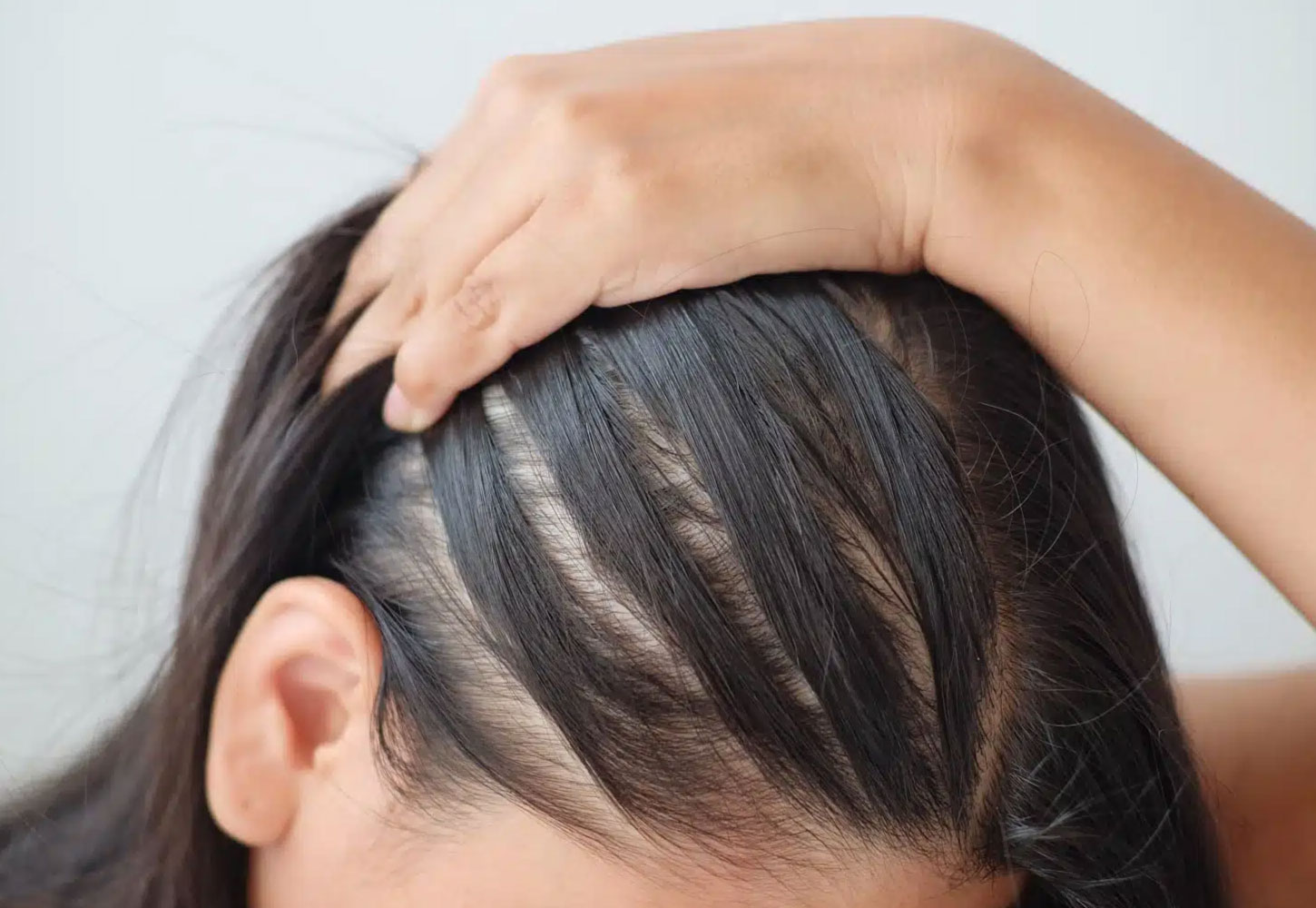
Female Hair Thinning
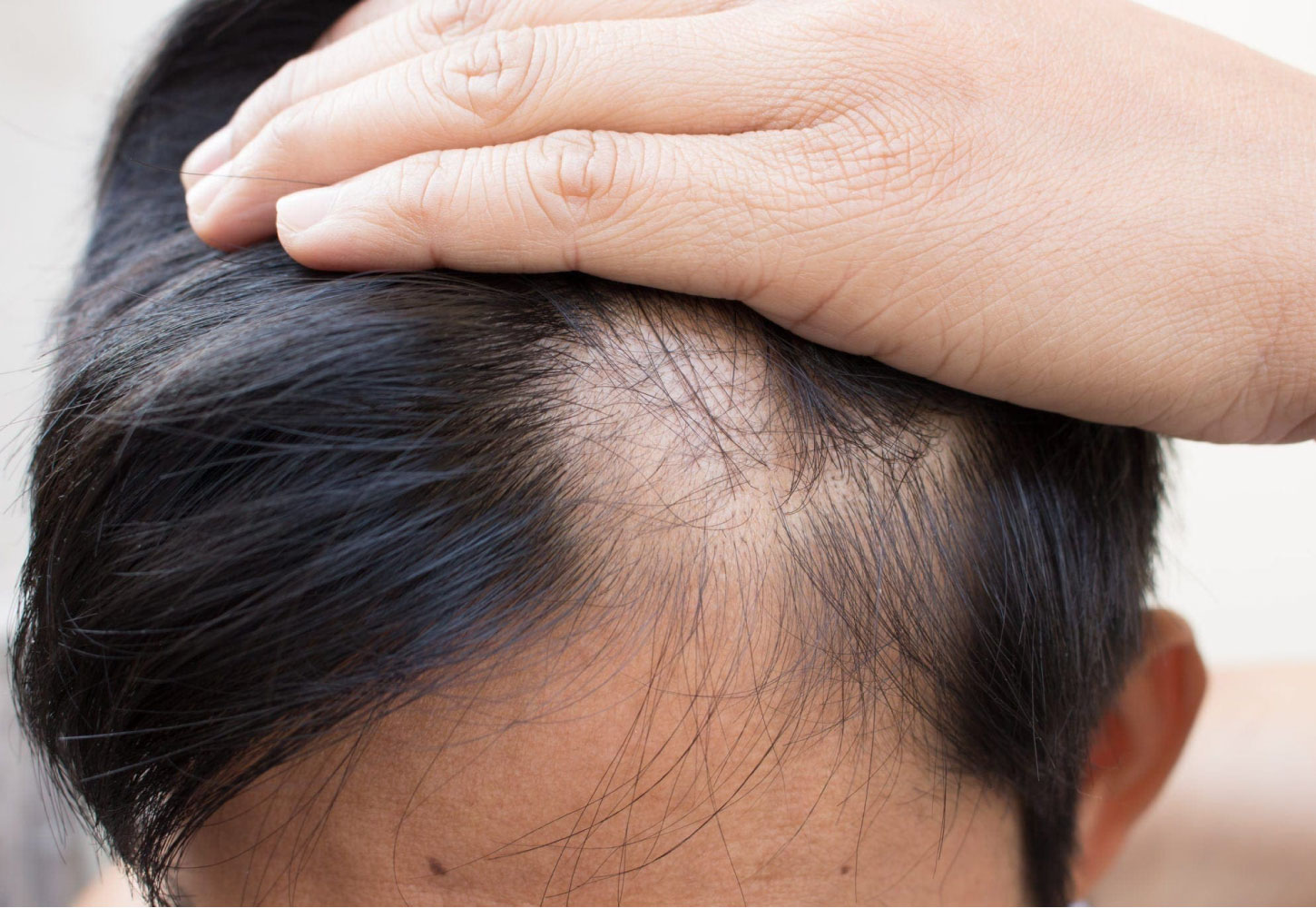
Alopecia Areata (Patchy)
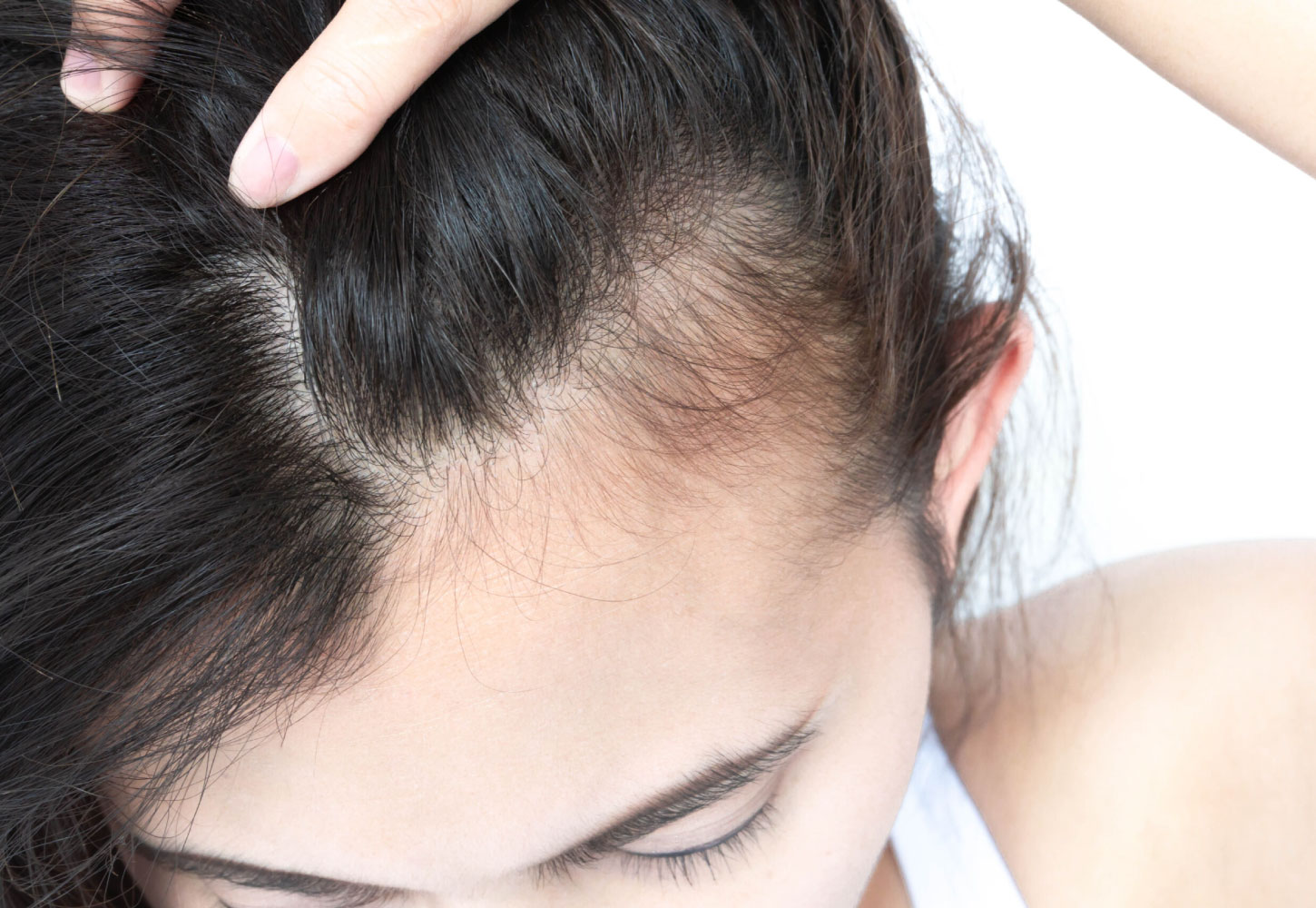
Traction Alopecia

Beard Hair Loss
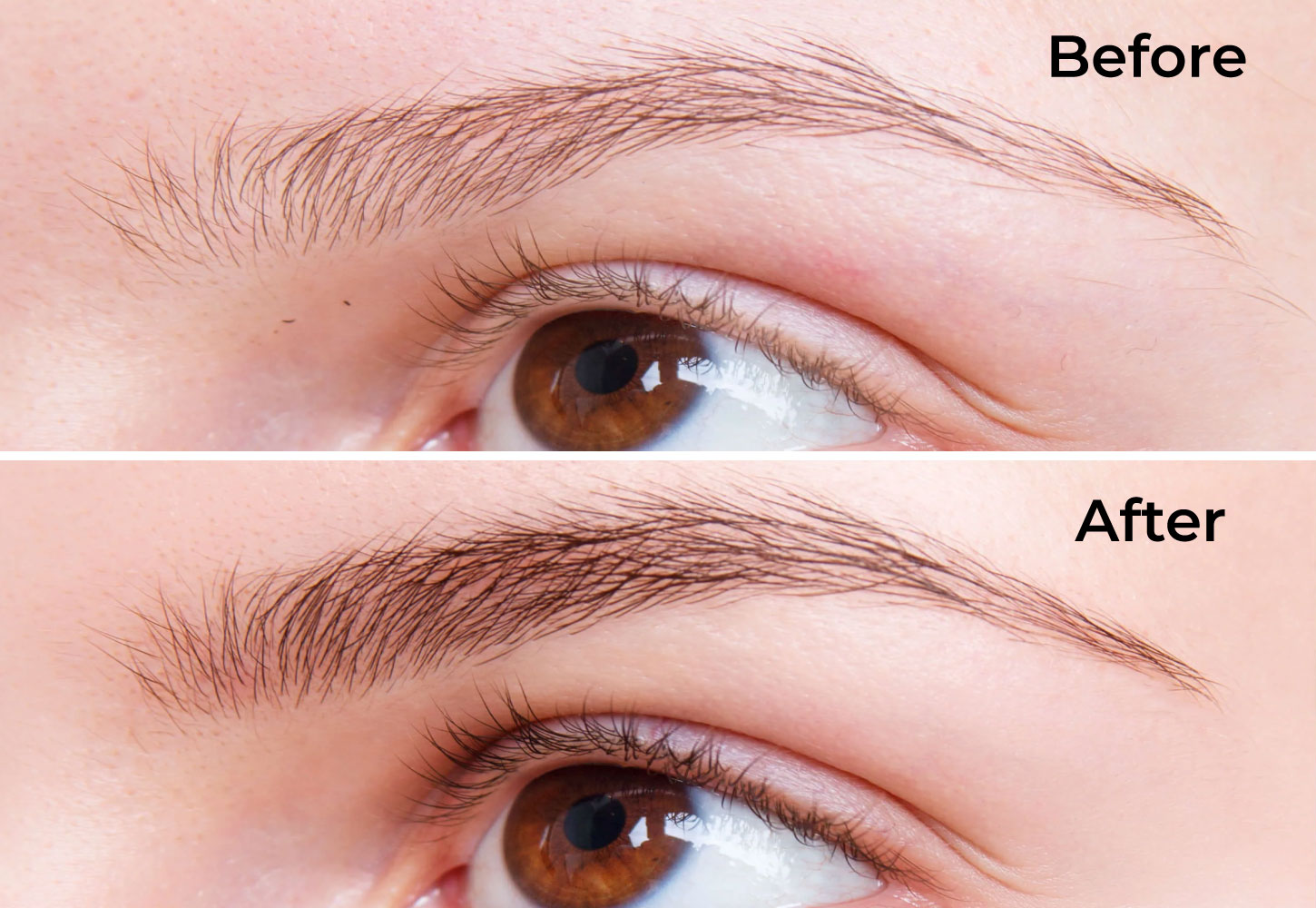
Eyebrow Hair Loss
Hair Transplant techniques for the Best Results
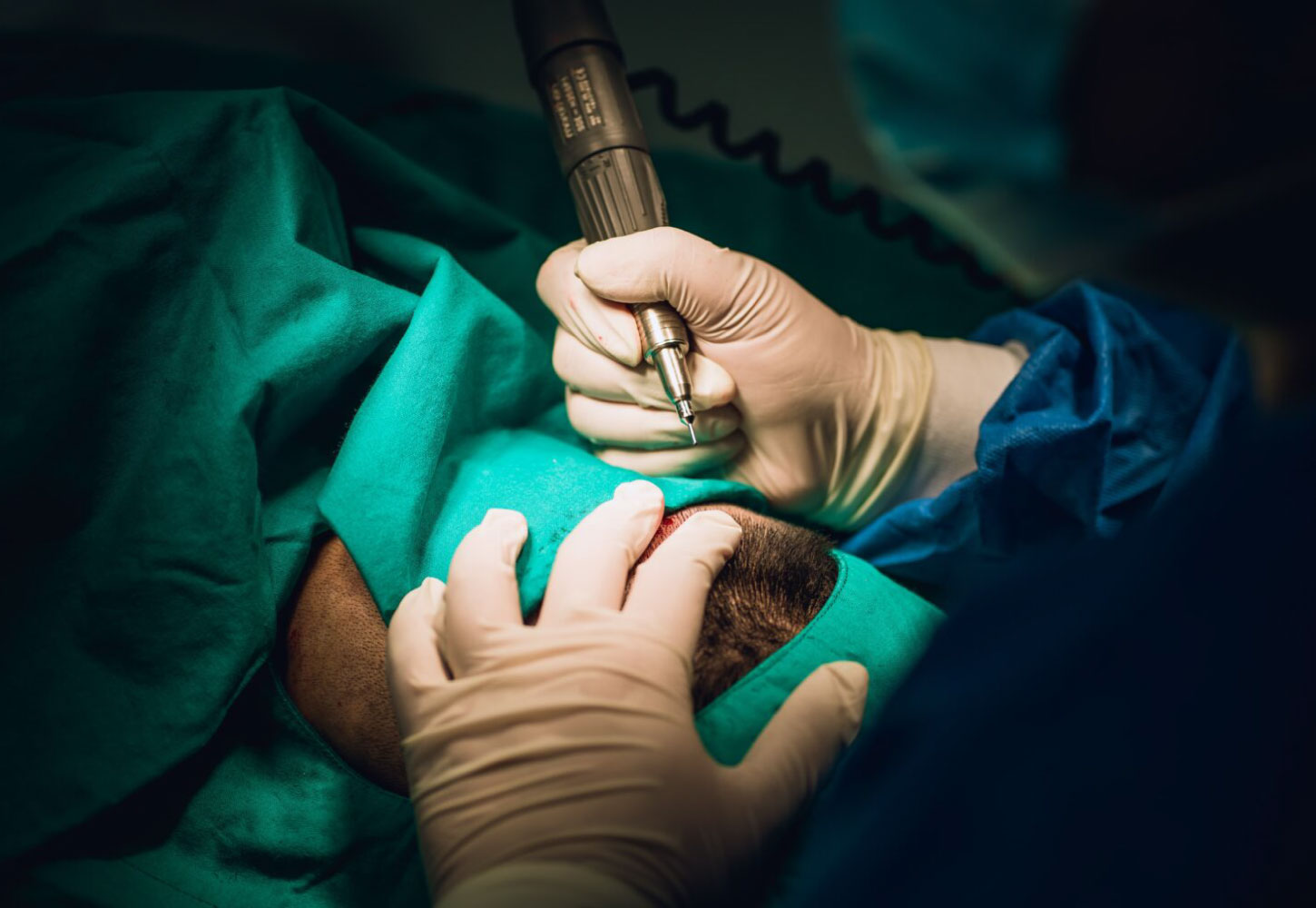
FUE Hair Transplant
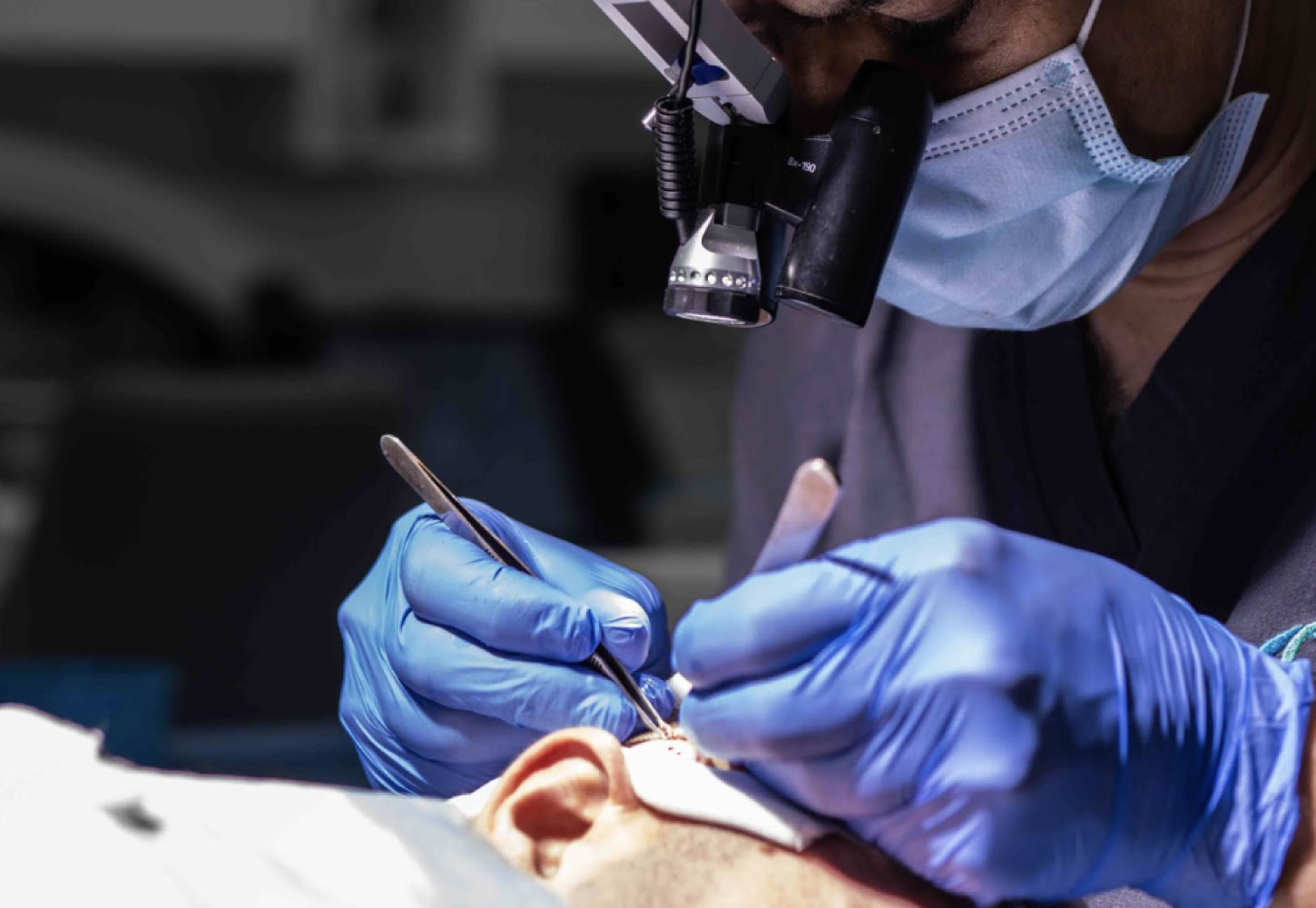
FUT Hair Transplant
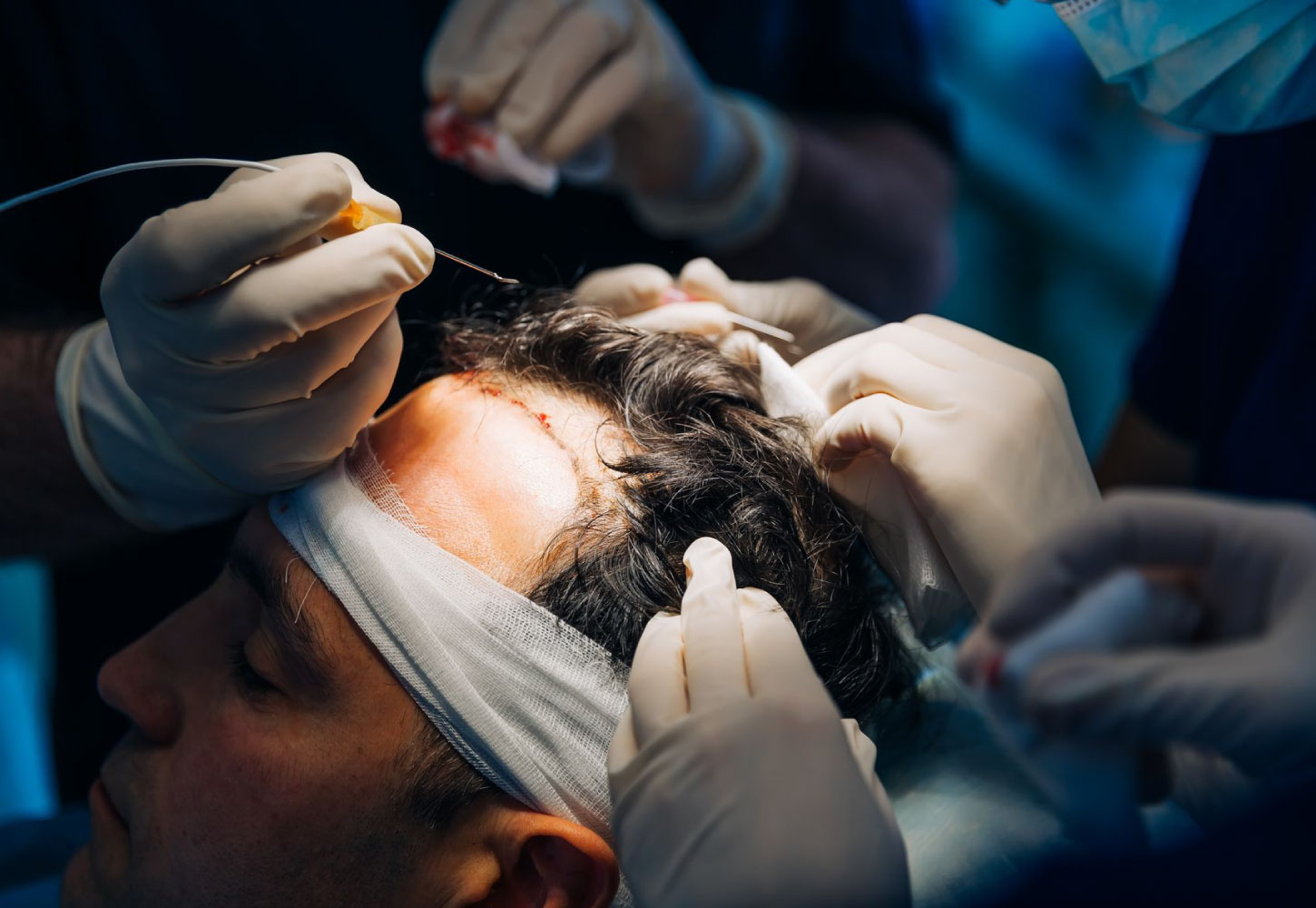
FUE-FUT HYBRID
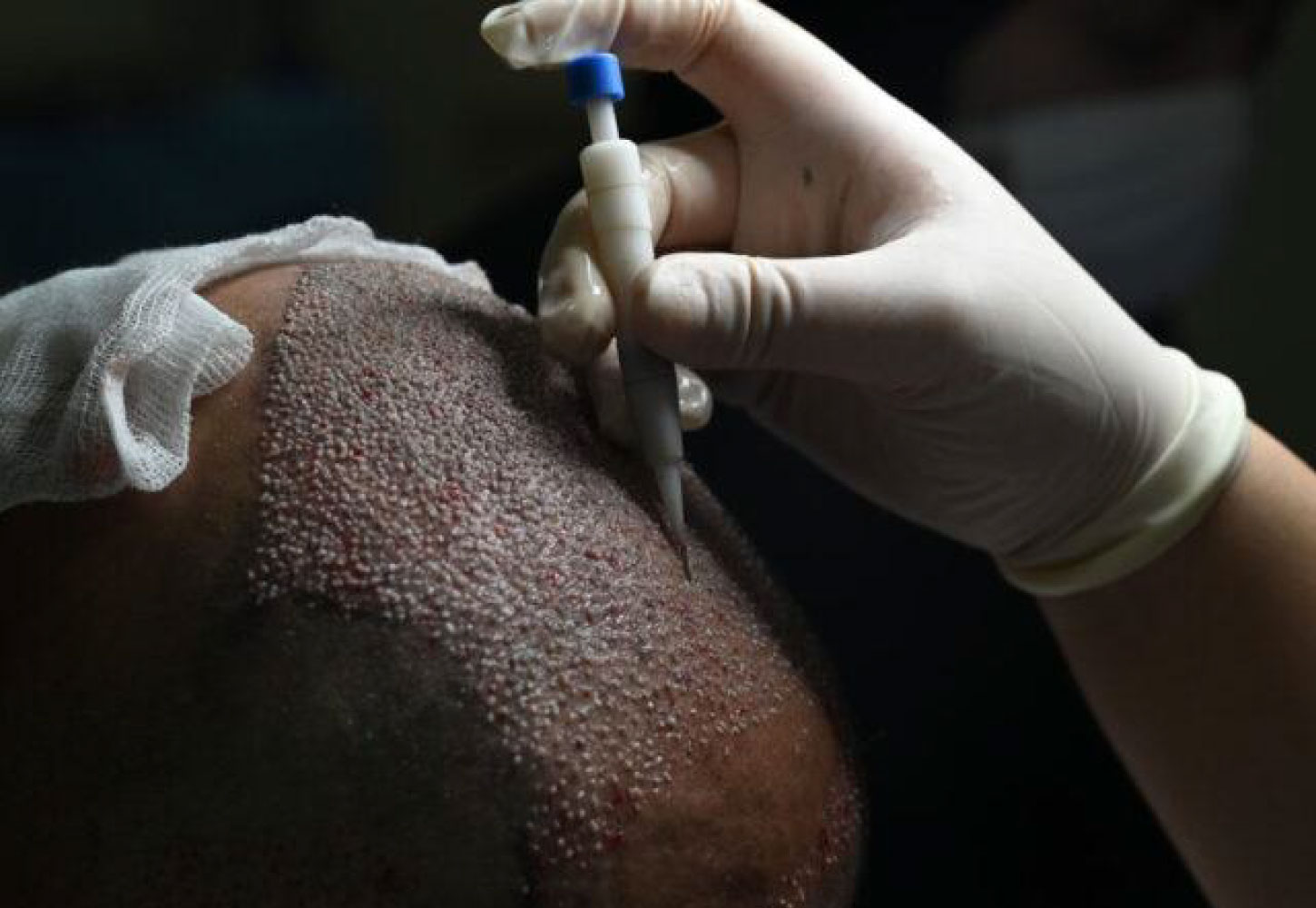
DHI Turkey Hair Transplant
Key Benefits of Hair Transplant
Explore the main benefits of hair transplants as a permanent solution for hair loss:
Permanent Solution – Transplanted hair is resistant to further loss.
Natural-Looking Results – Blends seamlessly with existing hair.
Boosts Confidence – Restored hair enhances self-esteem.
Minimal Maintenance – Requires little upkeep post-procedure.
No More Worries – Reduces concern about future hair loss.
Non-Invasive – Minimal scarring and less invasive than other surgeries.
Safe and Effective – Proven, high success rate with advanced techniques.
Hair Restoration
Dive into the stories of individuals who’ve experienced a life-changing hair transformation. Witness the incredible progress from bald and thinning hair to fuller, more natural-looking results. Every transformation is a powerful step towards regaining confidence and embracing your best self.
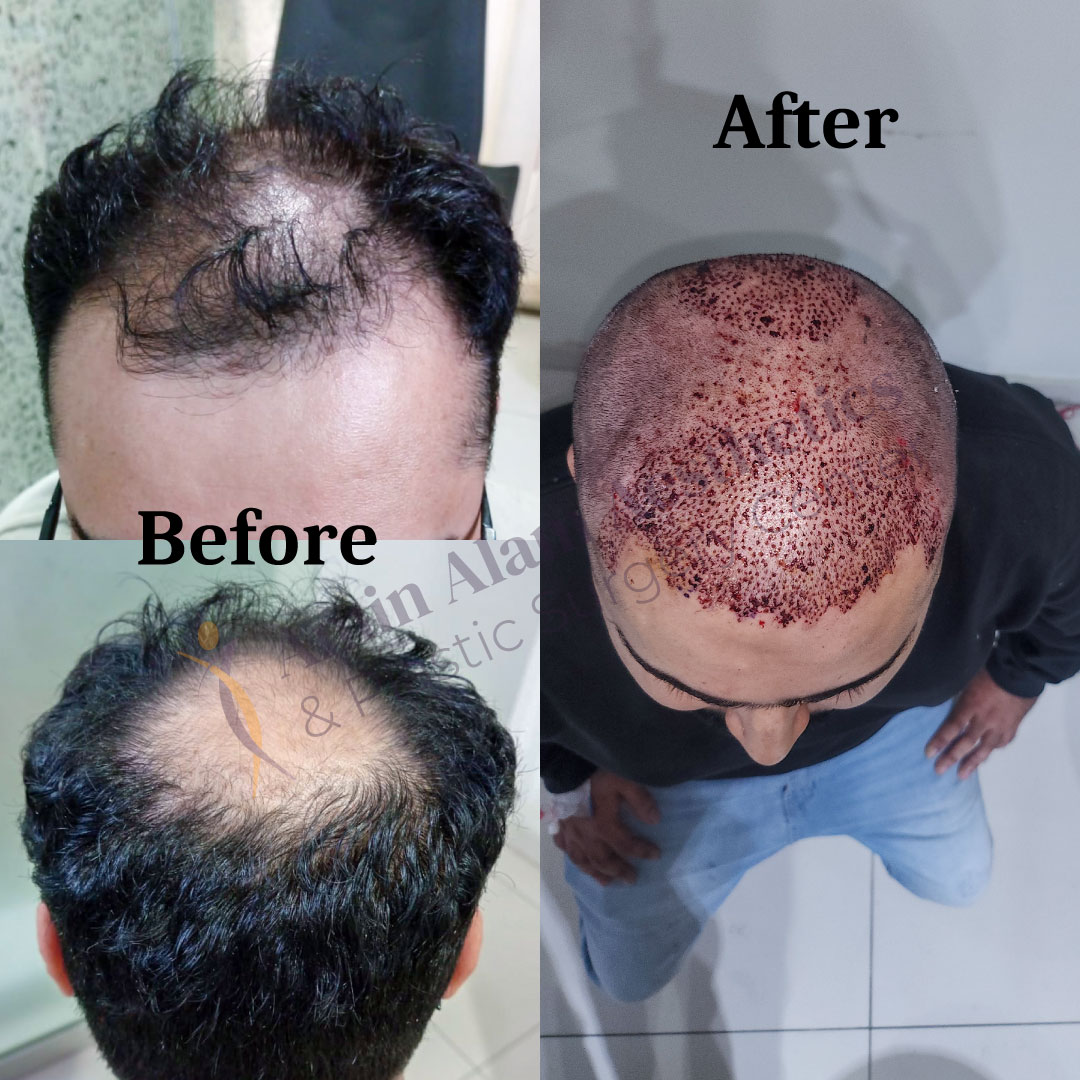
DHI Hair Transplant with Nanofat Grafting
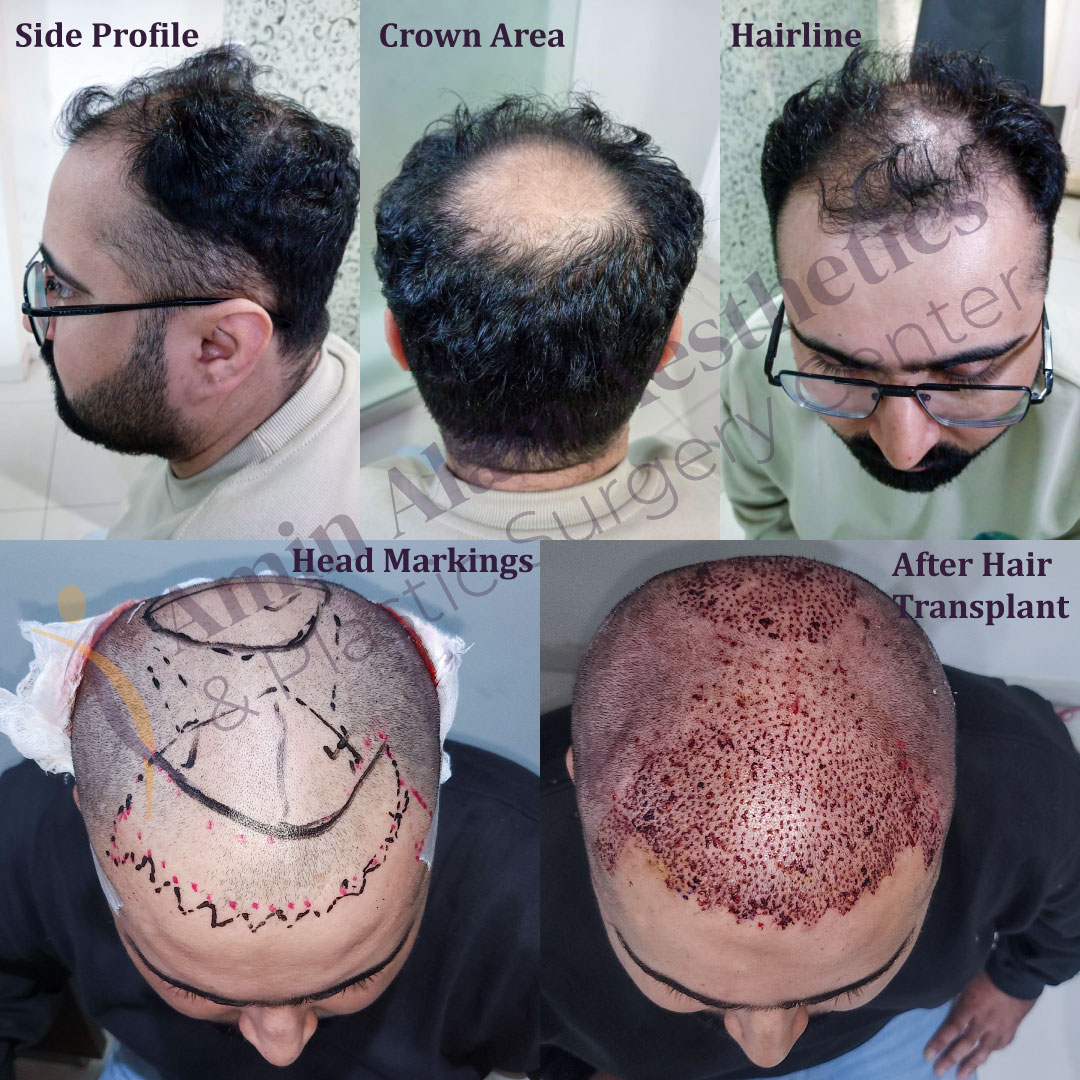
Hair Transplant Phases
Frequently Asked Questions
FUE is the least invasive as it involves extracting individual follicles without making large incisions. This method requires minimal downtime and has less risk of scarring compared to FUT, which involves a strip excision that leaves a linear scar.
- FUE: Recovery is typically faster, with most patients returning to normal activities within 3-7 days.
- FUT: Takes about 7-10 days due to the incision and sutures in the donor area.
- Hybrid: Recovery is similar to FUE, though it may be slightly longer since both techniques are used.
Risks are minimal but can include infection, scarring, and temporary shedding (shock loss). These risks are rare and significantly reduced when performed by an experienced surgeon.
- FUE: Short hairstyles are easy to maintain as the scars are small and discreet.
- FUT: A linear scar may make short haircuts difficult, but medium to long hair can cover it.
- Hybrid: Similar to FUT, short haircuts may be harder to manage because of the linear scar.
New hair growth typically begins around 3-6 months, with full results visible in 12-18 months. Patience is key as hair follicles take time to establish and grow.
Yes, hair transplant results are permanent since the transplanted follicles are taken from areas resistant to hair loss. They will continue to grow naturally throughout your life.
Yes, hair transplants are suitable for women experiencing pattern hair loss, thinning crowns, or hairline recession. It’s best to consult a surgeon to assess the suitability based on individual hair loss patterns.
Costs vary depending on the number of grafts needed, the technique used, and the clinic's location. FUE tends to be more expensive due to the detailed extraction process, while FUT may be more affordable for larger sessions.
- FUE: Leaves tiny, dot-like scars that are not easily visible, even with short hair.
- FUT: Leaves a linear scar, which may be noticeable with shorter hairstyles but can be hidden with longer hair.
- Hybrid: Results in both dot-like and linear scars, but the linear scar is typically concealed by surrounding hair.
Once healing is complete (around 3-6 months), you can style and dye your hair as usual. Avoid harsh chemicals or heat treatments immediately after the procedure to allow the follicles to settle.
The number of grafts needed depends on the extent of hair loss and the method used. FUE is best for more detailed work with fewer grafts, while FUT or Hybrid techniques may be needed for larger areas or advanced hair loss.
The procedure can take anywhere from 4 to 8 hours depending on the number of grafts and the technique used. Larger sessions may take longer.
